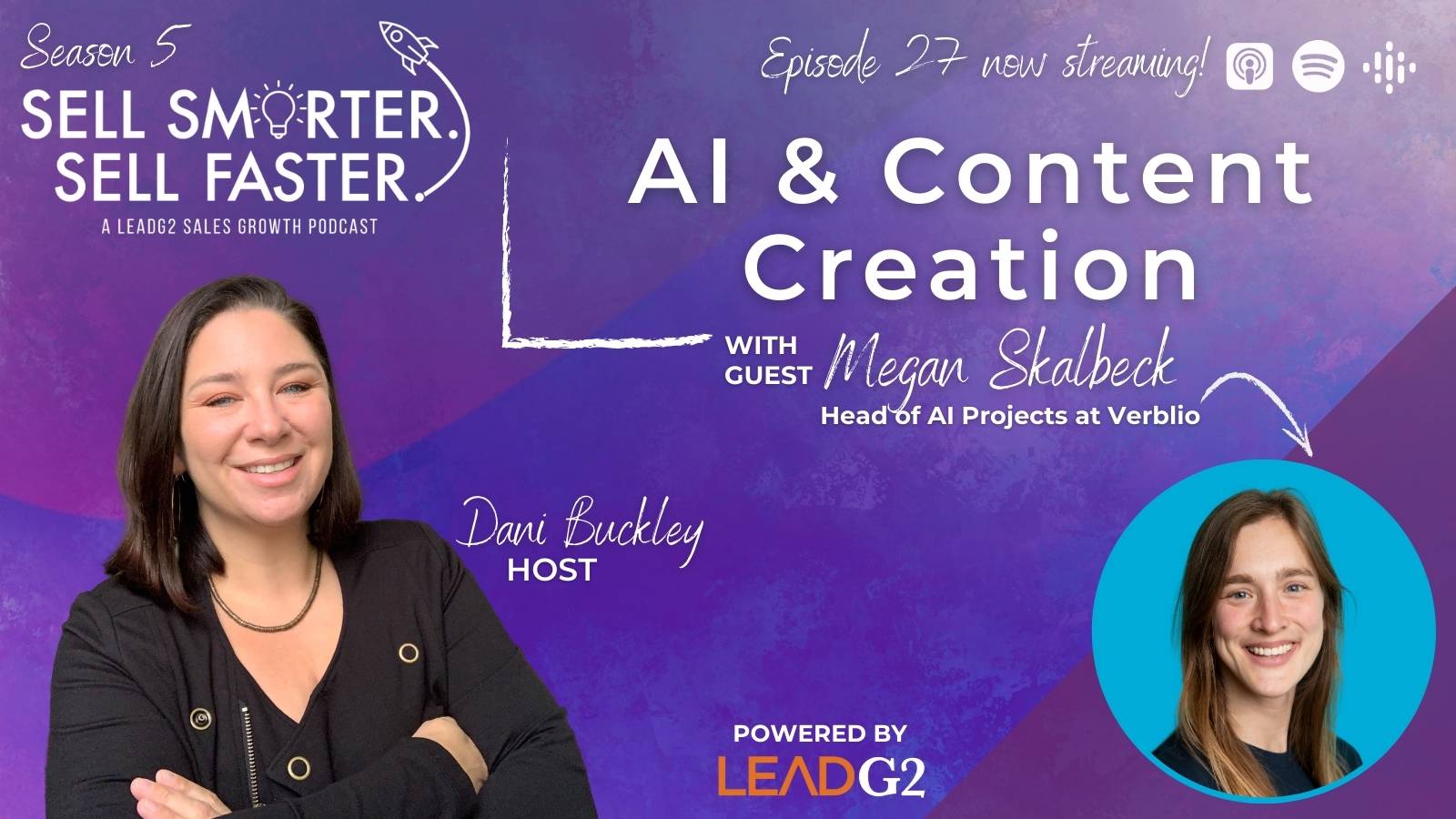1 min read
No, Blogging Isn’t Dead. It’s Evolving: What the 2025 Data Tells Us About the Future of Content Marketing
👀Well... we made you look, didn't we!? If you’ve found yourself wondering, “Is blogging still worth it in 2025?”—you’re not alone. With the rise of...
.png?width=2250&height=647&name=LeadG2-logo_(2).png)
 LeadG2
LeadG2


![AI & Content Creation [PODCAST]](https://no-cache.hubspot.com/cta/default/109236/f469ae52-5cea-45e5-9e14-89f3c741cd3c.png)
![HOW TO OUTRANK THE COMPETITION WITH HIGH-QUALITY CONTENT [EBOOK]](https://no-cache.hubspot.com/cta/default/109236/e1f192ba-5449-421e-a3a2-46e26d14d500.png)


